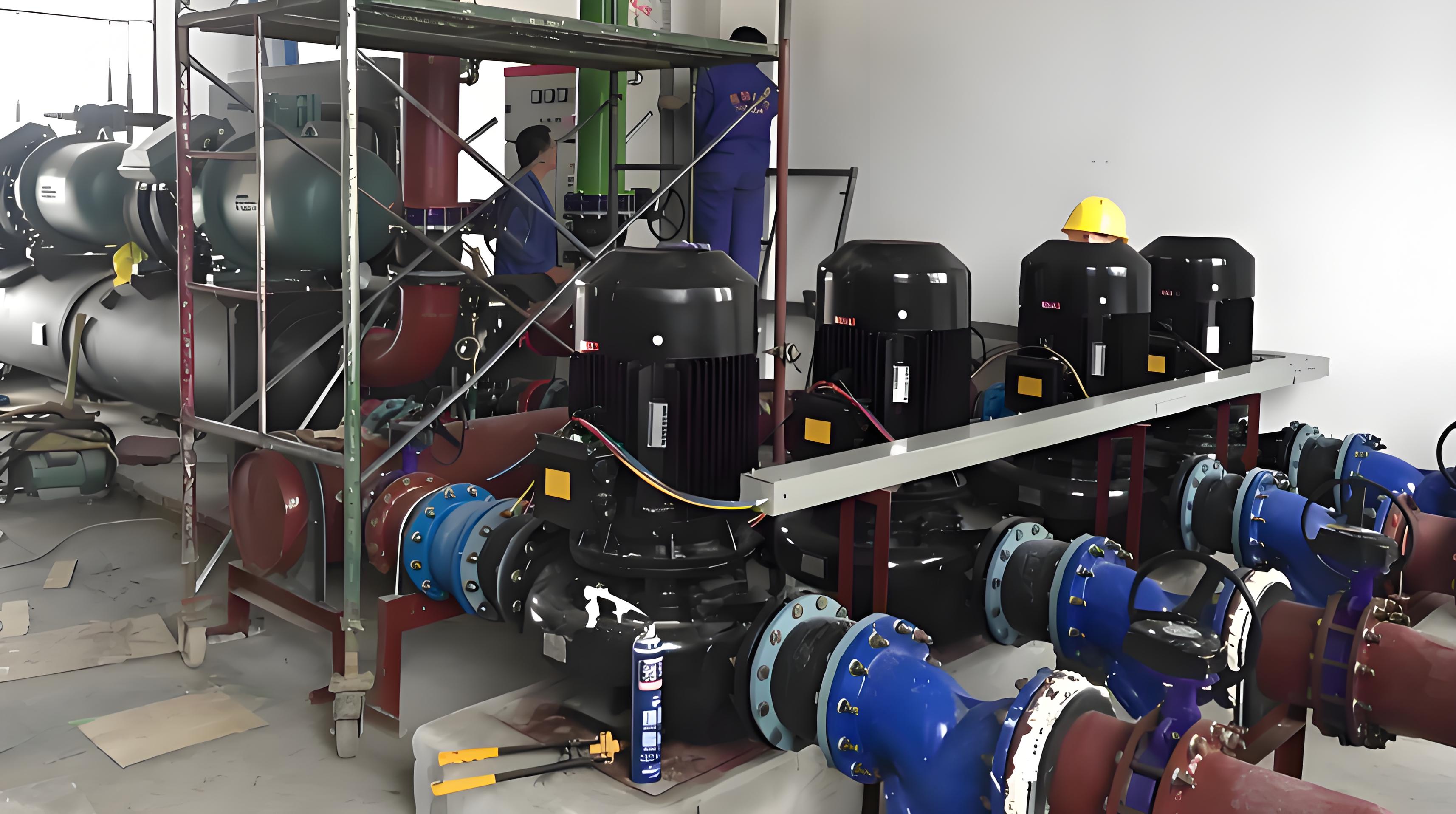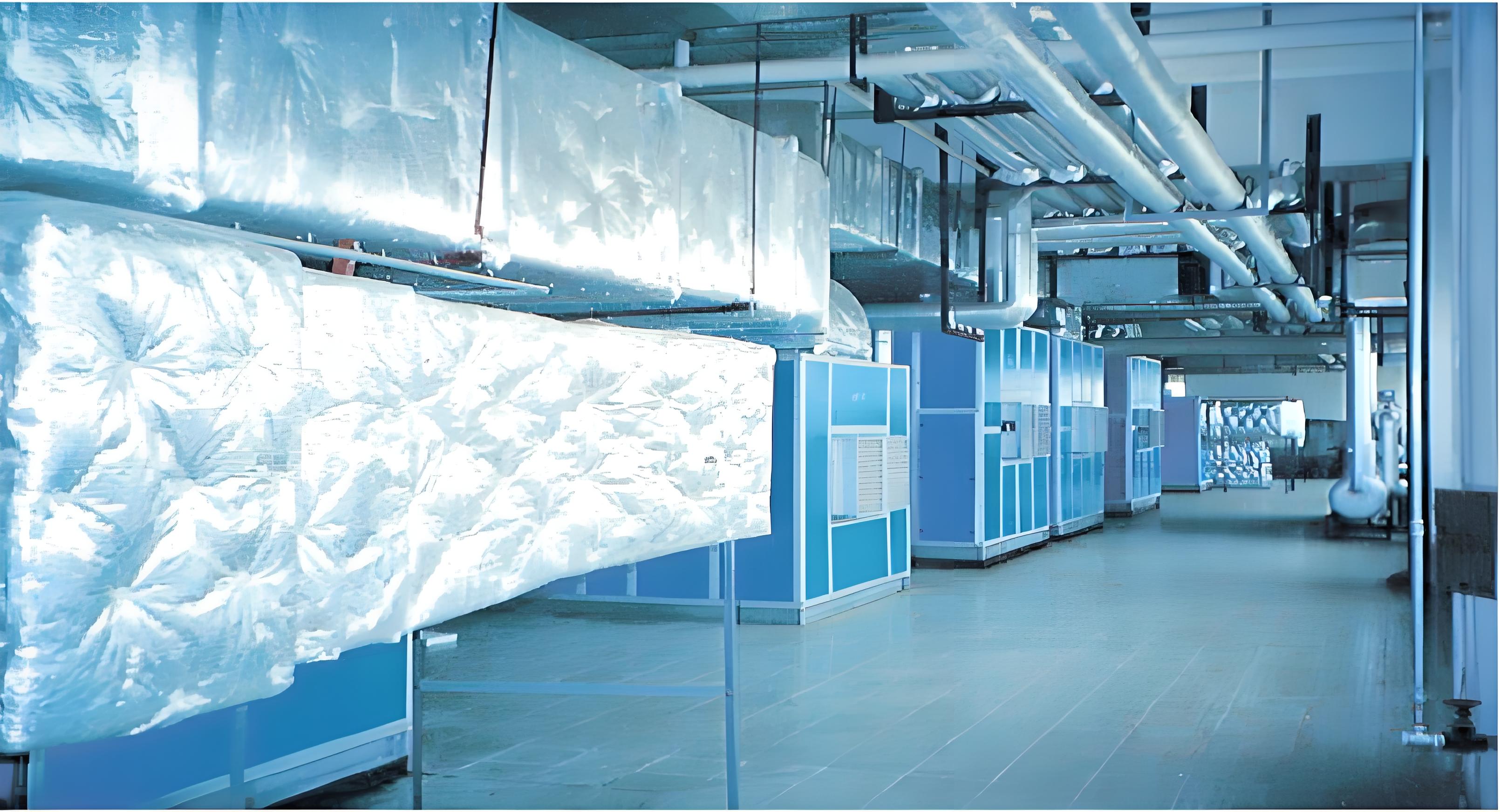




In the highly precise world of electronics manufacturing, the integrity of the production environment is paramount. A Circuit board purification project is a comprehensive initiative aimed at establishing and maintaining the stringent environmental controls necessary for producing high-reliability printed circuit boards (PCBs). Such a project is not merely about cleaning a room; it's a holistic engineering endeavor that integrates advanced HVAC systems, architectural modifications, and rigorous operational protocols to create a pristine manufacturing haven. This guide delves into the core components of a successful project, covering PCB Manufacturing Cleanroom Engineering, the pursuit of the perfect Controlled Environment for PCB Fabrication, the strategic planning behind a PCB Facility Upgrade, the advantages of Cleanroom Turnkey Installation, the critical step of Controlled Environment Certification, and the continuous journey of Process Optimization. We will also explore the common pitfalls that can derail these complex projects.

A Circuit board purification project is a strategic investment to design, build, and validate a production facility that minimizes contamination. Particulates, electrostatic discharge (ESD), and chemical vapors are the archenemies of PCB fabrication. Even a single speck of dust or a stray static charge can cause latent defects, leading to circuit failures, reduced yields, and significant financial losses. The primary goal of this project is to control environmental variables—including airborne particles, temperature, humidity, air pressure, and airflow—to meet the specific cleanliness class required by the manufacturing processes, often aligning with ISO 14644-1 standards.
PCB Manufacturing Cleanroom Engineering is the technical backbone of any purification project. It involves the meticulous design of the cleanroom's physical and mechanical systems.
Architectural Layout: The design must facilitate a logical, unidirectional flow of personnel, materials, and waste to prevent cross-contamination. This often includes separate gowning rooms, airlocks, and dedicated material pass-throughs.
HVAC System Design: This is the heart of the cleanroom. The system must provide a continuous supply of HEPA or ULPA-filtered air at a precise temperature and humidity. It requires careful calculation of air changes per hour (ACH), which can be in the hundreds for high-classification cleanrooms, to constantly flush out contaminants.
Materials of Construction: Walls, ceilings, and floors must be made of non-shedding, smooth, and easy-to-clean materials like vinyl-coated gypsum, painted steel, or modular cleanroom panels. Floors are typically conductive or static-dissipative to control ESD.
Electrostatic Discharge (ESD) Control: Engineering controls include grounding all surfaces, equipment, and personnel through wrist straps and footwear. Ionization systems are often installed to neutralize static charges on non-conductive materials.
The Controlled Environment for PCB Fabrication goes beyond just particle count. It is a multi-parameter ecosystem designed for stability and precision.
Temperature and Humidity Control: Photoresist application, laser drilling, and soldering are all sensitive to thermal and hygroscopic fluctuations. Tight control (e.g., ±1°C and ±5% RH) ensures process consistency and material stability.
Airborne Molecular Contamination (AMC) Control: Chemical vapors from solvents, adhesives, and even cleaning agents can form thin films on PCB substrates, leading to poor adhesion and delamination. Chemical filtration (e.g., activated carbon) is integrated into the HVAC system to address this.
Vibration and Acoustical Control: Sensitive equipment like photolithography scanners and high-resolution inspection systems require stable foundations isolated from external vibrations.
A PCB Facility Upgrade is often undertaken to increase capacity, improve yield, or accommodate new, more sensitive manufacturing technologies. This is more complex than a greenfield project as it must work around existing operations.
Phased Implementation: Upgrades are typically executed in phases to minimize production downtime. This requires detailed planning to isolate construction zones from active production areas using temporary barriers and negative air pressure.
Infrastructure Assessment: Existing building infrastructure—power, plumbing, structural load-bearing capacity, and existing HVAC—must be thoroughly evaluated to ensure it can support the new cleanroom's demands.
Technology Integration: The upgrade is an opportunity to integrate smarter environmental monitoring systems that provide real-time data on particle counts, pressure differentials, and temperature/humidity, enabling predictive maintenance.
For many companies, managing a complex Circuit board purification project internally is a distraction from their core business. A Cleanroom Turnkey Installation offers a streamlined alternative.
Single-Source Responsibility: A turnkey provider manages the entire project from concept to certification. This includes design, engineering, procurement, construction, installation, and validation. This eliminates finger-pointing between contractors and ensures accountability.
Speed and Efficiency: With proven designs and experienced project managers, turnkey providers can often complete projects faster and more efficiently than a piecemeal approach using multiple vendors.
Cost Certainty: While not always the cheapest initial option, a fixed-price turnkey contract provides budget certainty, shielding the client from unforeseen costs and change orders.

Upon completion of construction, the facility must be rigorously tested to prove it operates as designed. Controlled Environment Certification is this formal process of verification.
ISO 14644-1 Particulate Testing: This is the primary test, measuring the concentration of airborne particles of specific sizes to verify the cleanroom meets its target ISO Class (e.g., ISO Class 7 or 6).
Airflow Velocity and Uniformity Tests: These tests ensure HEPA/ULPA filters are properly installed and delivering the required laminar or turbulent flow across the entire room.
Pressure Differential Tests: Measurements between adjacent rooms confirm that air is flowing from clean to less clean areas, effectively containing contaminants.
Recovery Test: This test measures how quickly the cleanroom can recover from a simulated contamination event, proving the resilience of the HVAC system.
Other Tests: Additional tests include temperature and humidity uniformity, lighting levels, sound, and vibration.
A Circuit board purification project does not end at certification. Process Optimization is the ongoing effort to enhance the efficiency, effectiveness, and cost-performance of the cleanroom operation.
Monitoring and Data Analytics: Using data from continuous monitoring systems, engineers can identify trends, predict filter failures, and finepressurization setpoints to save energy while maintaining integrity.
Gowning Procedures: Regularly reviewing and training on proper gowning techniques is essential. Human activity is the largest source of contamination; optimizing this process is critical.
Maintenance Scheduling: Moving from a reactive to a predictive maintenance model for the HVAC system based on real-time data prevents unexpected downtime and ensures continuous compliance.
Material and Tooling Changes: Evaluating new, less contaminating materials or tools that generate fewer particles can further improve the environment and reduce the load on the filtration system.
Even well-planned projects can encounter obstacles. Awareness of these common issues is the first step toward mitigation.
Underestimating Project Scope and Cost: The complexity of integrating architectural, mechanical, and electrical systems is often underestimated, leading to budget overruns and delays.
Poorly Defined Cleanroom Classification: Selecting an ISO Class that is too stringent wastes capital and operational costs (energy). A class that is too lenient risks product quality. A thorough process review is essential.
Inadequate Operational Protocols: A state-of-the-art cleanroom is useless without strict Standard Operating Procedures (SOPs) for cleaning, gowning, maintenance, and material handling. Failure to implement and enforce these is a common point of failure.
Ignoring Future Flexibility: The technology of PCB fabrication evolves rapidly. A cleanroom designed without any flexibility for future expansion or reconfiguration can become obsolete quickly.
Choosing the Wrong Partners: Selecting vendors or turnkey providers based solely on lowest cost often leads to poor quality engineering, inferior materials, and a facility that fails certification or is expensive to operate.
Insufficient Staff Training: The personnel who will work in and maintain the cleanroom must be thoroughly trained on its systems and protocols before it becomes operational. Lack of training can lead to immediate contamination and system damage.
A Circuit board purification project is a significant but essential undertaking for any PCB manufacturer aiming to compete in markets demanding high reliability and precision. It is a multidisciplinary project that seamlessly blends PCB Manufacturing Cleanroom Engineering with strategic PCB Facility Upgrade planning. Whether opting for a managed Cleanroom Turnkey Installation or an in-house approach, the goal remains the same: to achieve a certified Controlled Environment for PCB Fabrication. The journey doesn't end with Controlled Environment Certification; it evolves into a culture of continuous Process Optimization. By understanding the scope, embracing a holistic approach, and anticipating common challenges, companies can successfully execute this critical project, securing their position at the forefront of advanced electronics manufacturing.

